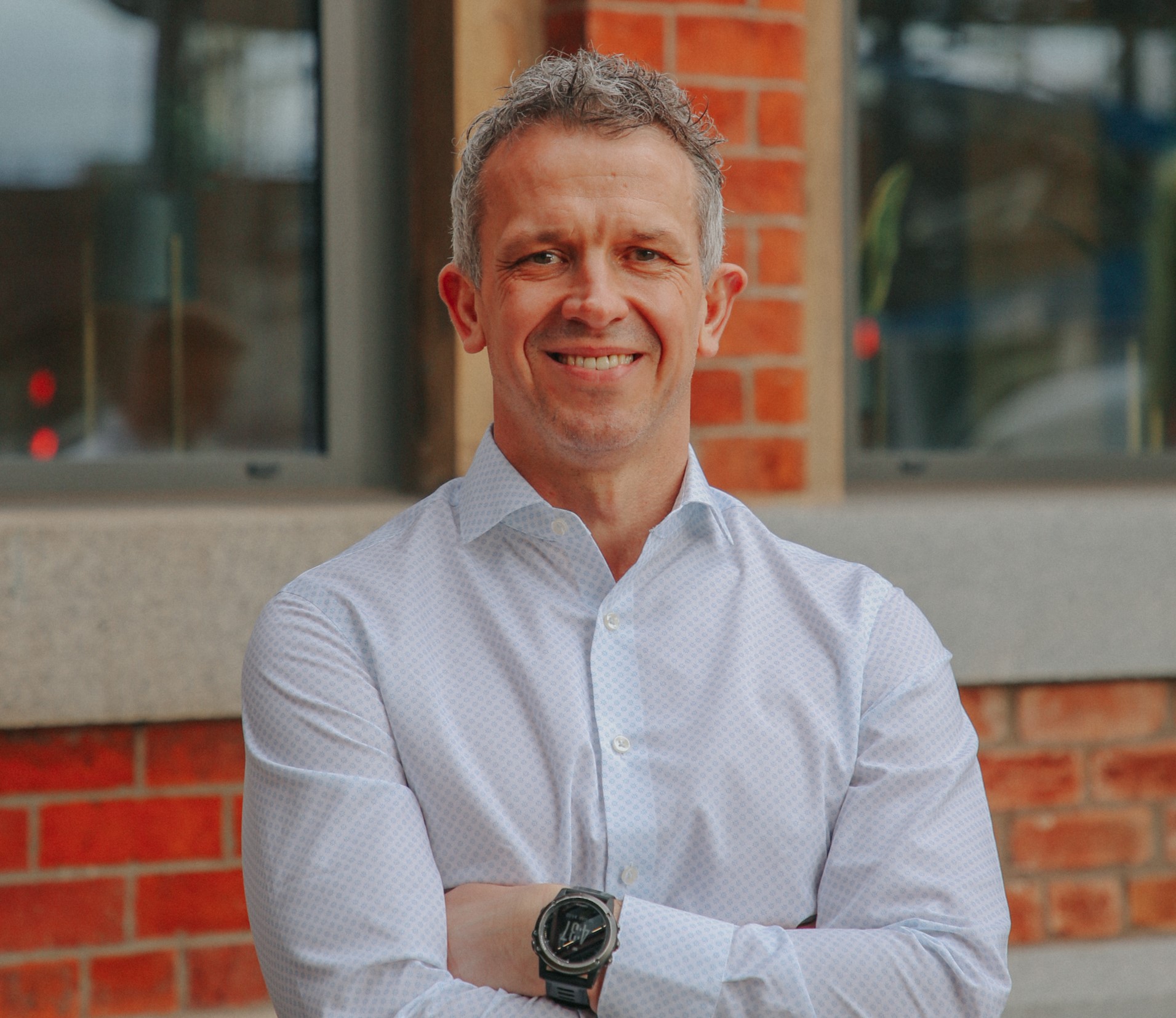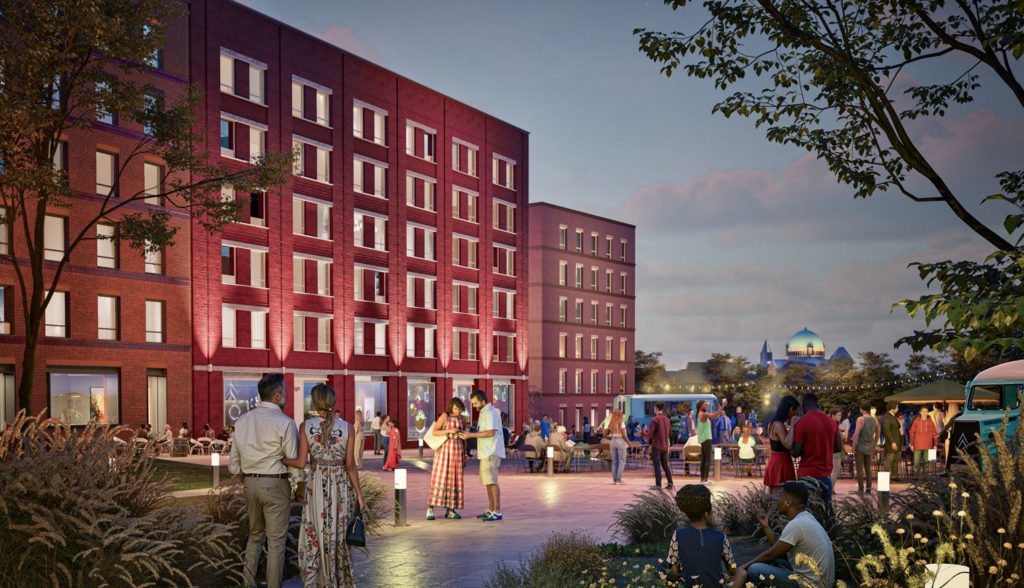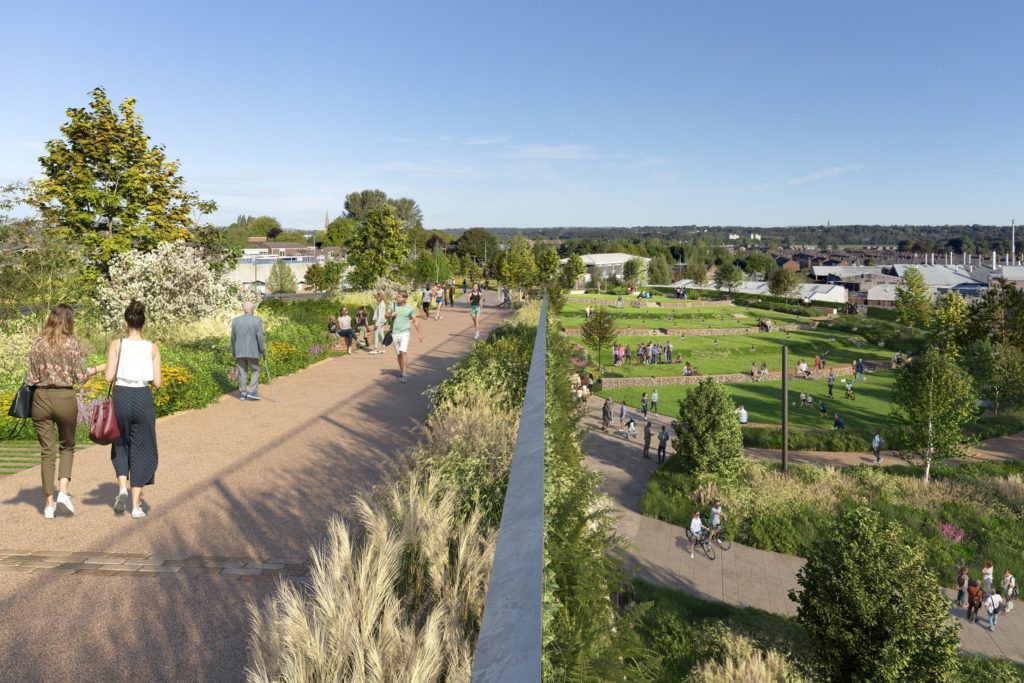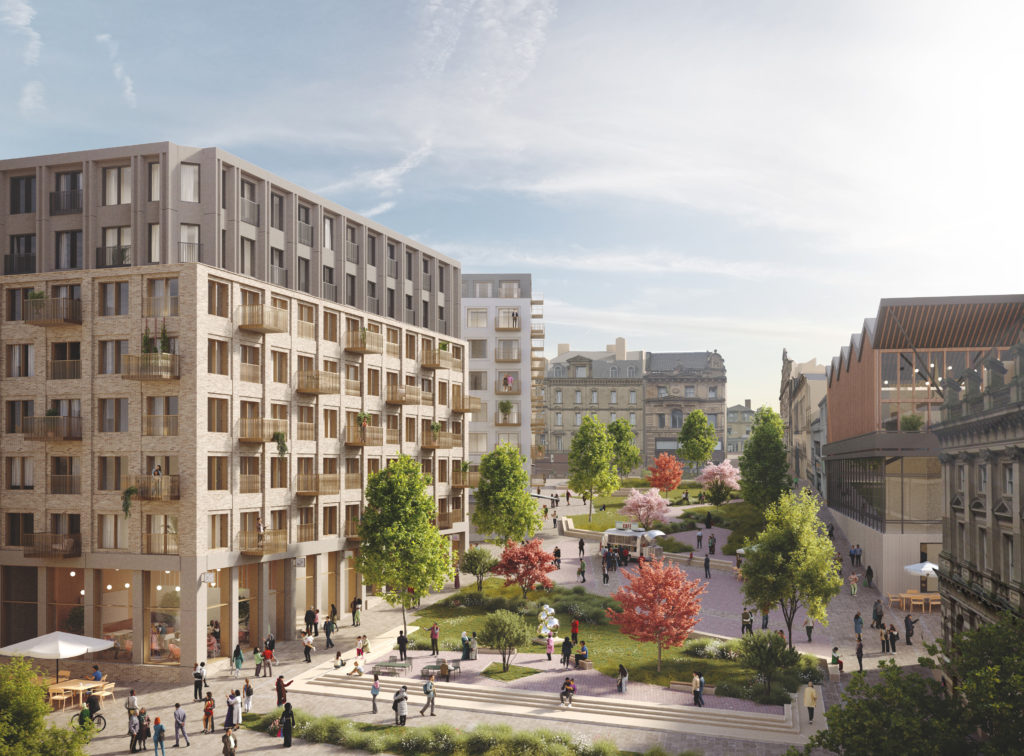Bridging the Gap: meeting the viability challenge across the country
09.04.25 4 min read

Brownfield and urban regeneration must be at the core of local, regional, and national strategies to deliver new homes, sustainable places, and economic opportunity.
However, too much regeneration stalls – or simply doesn’t come forward at all – because of a persistent viability gap. In simple terms, the cost of regeneration outweighs the potential returns to an investor.
Viability gaps are often biggest in those areas which most need regeneration, and the new jobs, affordable homes, and investment it brings.
To ensure growth and regeneration are spread equally, and reach all communities, we must adopt innovative approaches to delivery which bridge the viability gap.
Located in urban or previously industrialised areas, brownfield land often comes with significant constraints. This could include contamination, complex land ownerships, demolition, planning complexity, or ageing infrastructure in need of upgrade.
Coupled with potentially lower land values – especially in the restrained market we are currently operating in – many traditional development models simply cannot deliver.
Working together with local authorities enables the risk and reward associated with regeneration to be shared. It gives greater confidence to potential investment and funding partners, and ensures we are more resilient in the face of market turbulence.
ECF – our partnership with L&G and Homes England – takes this a step further by bringing together each of our complementary skills to deliver complex regeneration.
Our partnership approach and long-term outlook means we can deliver where others can’t, and in locations the rest of the market has overlooked.
ECF has been working in partnership for 20 years and is currently delivering across the country in diverse places including Bradford, Wolverhampton, Canning Town, Salford, and many others.

Smithgate, Wolverhampton
Habiko, our new partnership with Pension Insurance Corporation (PIC) and Homes England, takes a similar approach. Our target is to deliver 3,000 affordable and sustainable homes across the country – and our partnership means we can deliver in the areas which really need it.
Intelligent design and delivery can also go a long way to bridging the viability gap.
Taking advantage of innovative new approaches, such as modular construction and offsite manufacturing, can help manage cost, time, and enhance quality.
Thinking carefully about the timing of different phases across complex masterplans can also help establish value and create momentum. This has the effect of gradually improving viability for future phases.
Early delivery of infrastructure such as parks, schools, and connectivity not only support placemaking and community building but improve viability across a whole area.
For example, at Crescent Salford, ECF is delivering Salford Rise as part of the £2.5bn mixed-use masterplan.
The 5-acre elevated green walkway will link new and established communities with employment and learning opportunities at the University of Salford and Crescent Innovation Zone.
It has been funded by £13.17m from the Government’s Levelling Up Fund, to help enable wider regeneration to come forward in future phases. It will enhance the entire Crescent masterplan and make future phases significantly more deliverable.

Salford Rise, Crescent Salford
Whilst innovative design and planning can make a big difference, there remains a need public sector funding in the right areas.
Whether to deliver new infrastructure, affordable homes, or land remediation Whitehall – and Homes England – has a role to play. Local and combined authorities can also have a significant impact in their communities.
At Bradford City Village – which could deliver around 1,000 new homes, three new community parks, workspaces, and opportunities for independent retail and leisure – the Government has already committed to provide £30m of funding.
In addition, the West Yorkshire Combined Authority has now approved a further in-principle investment of £13.2m.

Bradford City Village
It’s an example of the public and private sector working together to deliver regeneration which will have long-term benefits for communities, and give private sector investors’ confidence to inject significant capital of their own.
Bridging the viability gap is a problem we face in every region of the country, and we don’t have one single solution.
However, by working in partnership, taking innovative approaches to design and delivery, and leveraging public sector funding programmes we can ensure the benefits of regeneration reach all the communities which need it.